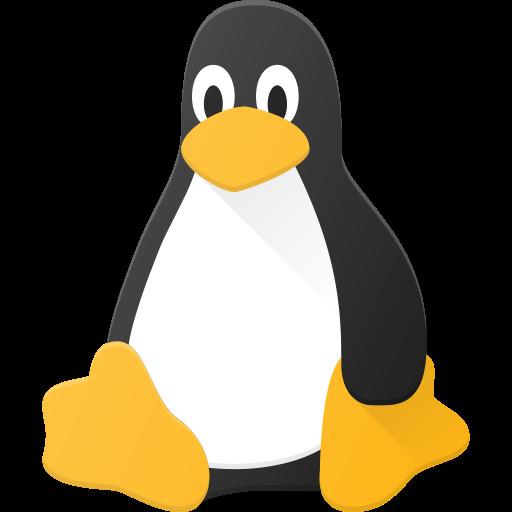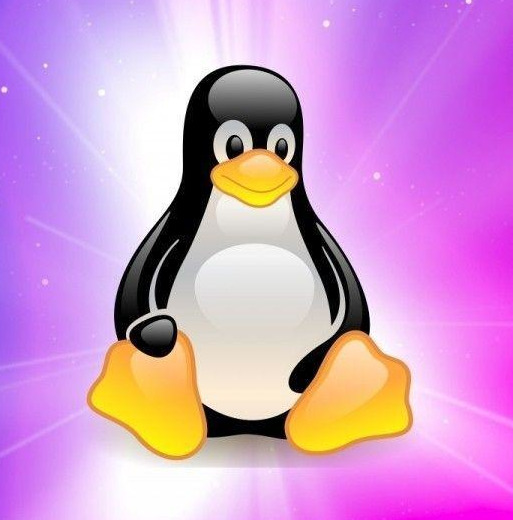xscreensaver of course! Note that this is not an option on Windows—jwz hates Microsoft, and any xscreensaver port to Windows is against his wishes.
I use yabai and sketchybar for a tiling WM feel. It’s nowhere as nice as my preferred i3, but it’s ok. Unfortunately it often breaks with major OS updates, so I’m sure to hold back updating my system until yabai is working.
IIRC sshfs will work on macOS but it’s more work to install. Worth it if allowed by your IT policies and your work can benefit from it.
Vim, tmux, and the usual *NIX stuff you might want.
The coreutils are not the GNU coreutils you typically find on a Linux system, so you may find a few differences. I believe sed is slightly different, and the flags for ls must be before the filename arguments, but I’ve found it’s mostly silly stuff like that (I used zsh before using macOS, so no problem there).
















There’s a joke about whitespace here somewhere, I just know it.